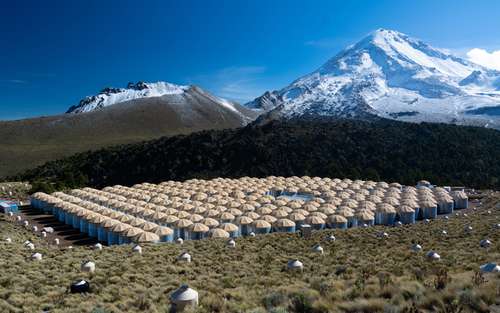Cosmic rays, composed of hydrogen, helium, and other elements, have a profound impact on the Earth’s atmosphere. They are responsible for phenomena such as the northern and southern lights, cloud production, and potentially mass extinctions of living beings on Earth. These rays were first discovered in 1900 by German physicist Theodor Wulf and further studied by Austrian physicist Victor Hess, who received the Nobel Prize in Physics for his work on cosmic rays in 1936.
Over the years, research on cosmic rays has continued with scientists like Jacob Clay and Bruno Rossi making significant contributions to understanding their origins and interactions with the Earth’s atmosphere. These high-energy particles originate from supernova explosions, black holes, and solar events, containing heavy elements that interact with the interstellar medium to produce secondary elements.
In Mexico, the High Altitude Water Cherenkov (HAWC) gamma ray observatory is used to study cosmic rays. Located on the Sierra Negra volcano in Puebla, this observatory monitors cosmic and gamma rays with the highest energies. This research contributes to our understanding of these particles and their impact on the Earth’s atmosphere, climate, and cloud formation.
The study of cosmic rays has scientific, technological, and practical implications. It leads to the development of radiation monitoring techniques, collaborations among scientists from different disciplines, and advancements in our knowledge of sources of high-energy gamma rays. The HAWC telescope is a valuable tool for continuing this research as it allows scientists to monitor these particles with an array of water tanks and photomultipliers.
In conclusion, cosmic rays are a fascinating subject that has been studied for many years by scientists like Theodor Wulf and Victor Hess. Today we have even more advanced technology like HAWC that allows us to continue studying these particles’ impact on our planet and beyond.



